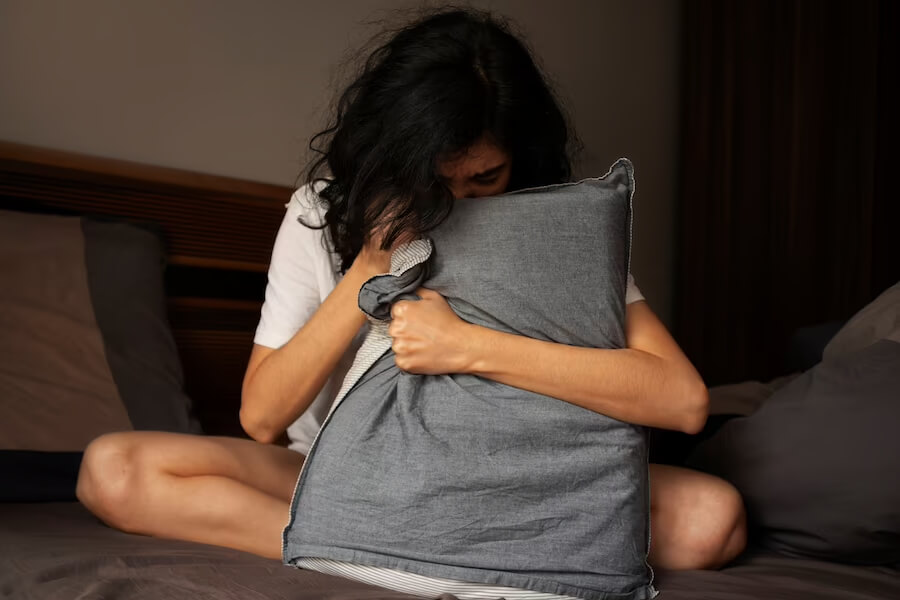
Anxiety disorder- agoraphobia
Agoraphobia is an intense fear and anxiety of being in places where it is hard to escape, or where help might not be available. Agoraphobia usually involves fear of crowds, bridges, or of being outside alone.
Causes
The exact cause agoraphobia is unknown. Agoraphobia sometimes occurs when a person has had a panic attack and begins to fear situations that might lead to another panic attack.
Symptoms
With agoraphobia, you avoid places or situations because you do not feel safe in public places. The fear is worse when the place is crowded.
Symptoms of agoraphobia include:
- Being afraid of spending time alone
- Being afraid of places where escape might be hard
- Being afraid of losing control in a public place
- Depending on others
- Feeling detached or separated from others
- Feeling helpless
- Feeling that the body is not real
- Feeling that the environment is not real
- Having an unusual temper or agitation
- Staying in the house for long periods of time
Physical symptoms can include:
- Chest pain or discomfort
- Choking
- Dizziness or faintness
- Nausea or other stomach distress
- Racing heart
- Short of breath
- Sweating
- Trembling
Exams and Tests
The health care provider will look at your history of agoraphobia, and will get a description of the behavior from you, your family, and friends.
Treatment
The goal of treatment is to help you feel and function better. The success of treatment usually depends in part on how severe the agoraphobia is.
Treatment approach combines cognitive-behavioral therapy (CBT) with an antidepressant medication, which may include any of the following:
- Selective serotonin reuptake inhibitors (SSRIs) are usually the first choice of antidepressant.
- Serotonin-norepinephrine reuptake inhibitors (SNRIs) are another choice. Other antidepressants and some anti-seizure drugs may be used for more severe cases.
- Other anti-anxiety medications may also be prescribed. For example, your health care provider may recommend benzodiazepines when antidepressants do not help or before they take effect.
CBT involves 10 to 20 visits with a mental health professional over a number of weeks. CBT helps you change the thoughts that cause your condition. It may involve:
- Understanding and controlling distorted feelings or views of stressful events or situations
- Learning stress management and relaxation techniques
- Relaxing, then imagining the things that cause the anxiety, working from the least fearful to the most fearful (called systematic desensitization and exposure therapy)
You may also be slowly exposed to the real-life situation that causes the fear to help you overcome it.
A healthy lifestyle that includes exercise, enough rest, and good nutrition can also help be helpful.
Outlook (Prognosis)
Most patients can get better with medications or behavioral therapy. Without early and effective help, the disorder may become more difficult to treat.
Possible Complications
Some persons with agoraphobia may:
- Use alcohol or other drugs while trying to self-medicate
- Be unable to function at work or in social situations
- Feel isolated, lonely, depressed, or suicidal
When to Contact a Medical Professional
Call for an appointment with your health care provider if you have symptoms of agoraphobia.
Prevention
Early treatment of panic disorder can often prevent agoraphobia.